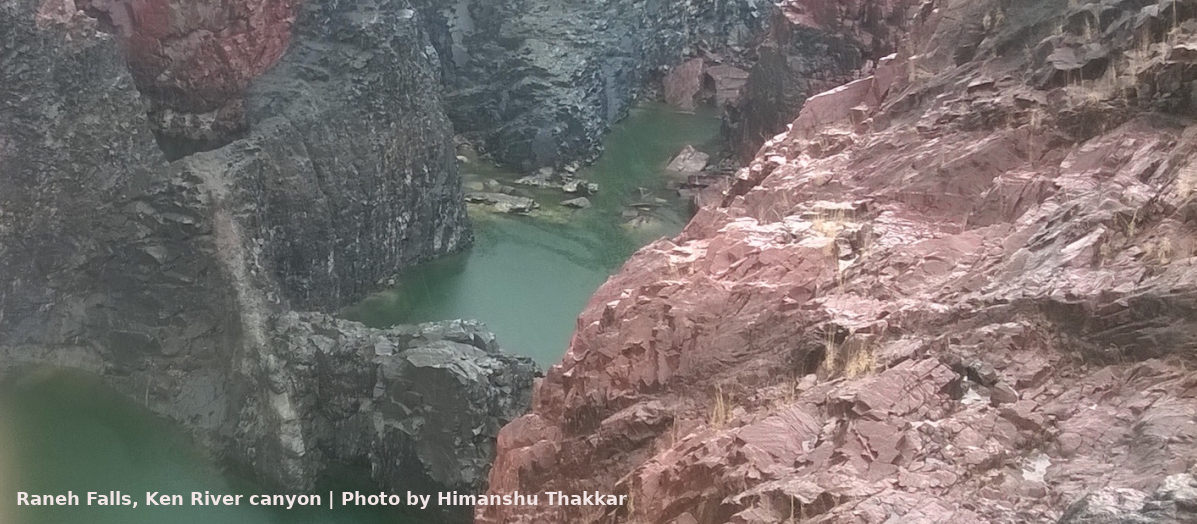Dr. Laxmi Goparaju, Mr. Firoz Ahmad of VENHF in collaboration with Mr. Himanshu Thakkar of SANDRP have authored a research paper titled 'Submergence analysis of the proposed Ken Betwa Dam (Madhya Pradesh) India, using geospatial technology in Environmental Impact Assessments' in the international journal 'Environmental & Socio-economic Studies'. The open access article can be accessed on the journal's website here. We congratulate the authors. An excerpt from the abstract and the full paper is also reproduced below:
{aridoc width="100%" height="480"}embeds/ken-betwa-submergence-study.pdf{/aridoc}This study has analysed the Landsat 8 OLI data (December 2016) to delineate the various land use/land cover classes of the area which will be submerged by the proposed Daudhan/Greater Gangau Dam, which is part of the proposed Ken Betwa River Link Project (in the Madhya Pradesh state of India) and also the area likely to be submerged in the Panna Tiger Reserve (PTR). The proposed area of submergence was computed at various full reservoir lengths (FRL), 278 m, 283 m, 288 m, 289 m and 293 m. Similarly, the area of submergence for the Panna Tiger Reserve was computed at the mentioned FRLs. It was concluded that a large part of the Panna Tiger Reserve would be submerged and habitat of various animals and plants would be under threat. In comparison with the figures given in the Environmental Impact Assessment, certain serious discrepancies and weaknesses were detected and it was felt that they should have been addressed. The results were compared with the EIA – EMP report of the Ken-Betwa link project, Phase 1, prepared by Agricultural Finance Corporation Limited for the National Water Development Agency (Ministry of Water Resources, River Development and Ganga Rejuvenation, Government of India). A proper evaluation of the negative impacts would help when making relevant decisions and appropriate steps to ensure that the loss is kept to a minimum. Safeguarding the biodiversity of forests and wildlife habitats should be the priority as their loss is irreplaceable. Geospatial technology helps in studying the overall spatial view of the proposed submergence area and the visualization gives a clear picture of the likely scenario in the future. It would assist in decision making and mitigation measures.
Read more about Ken-Betwa river linking project on SANDRP website.


